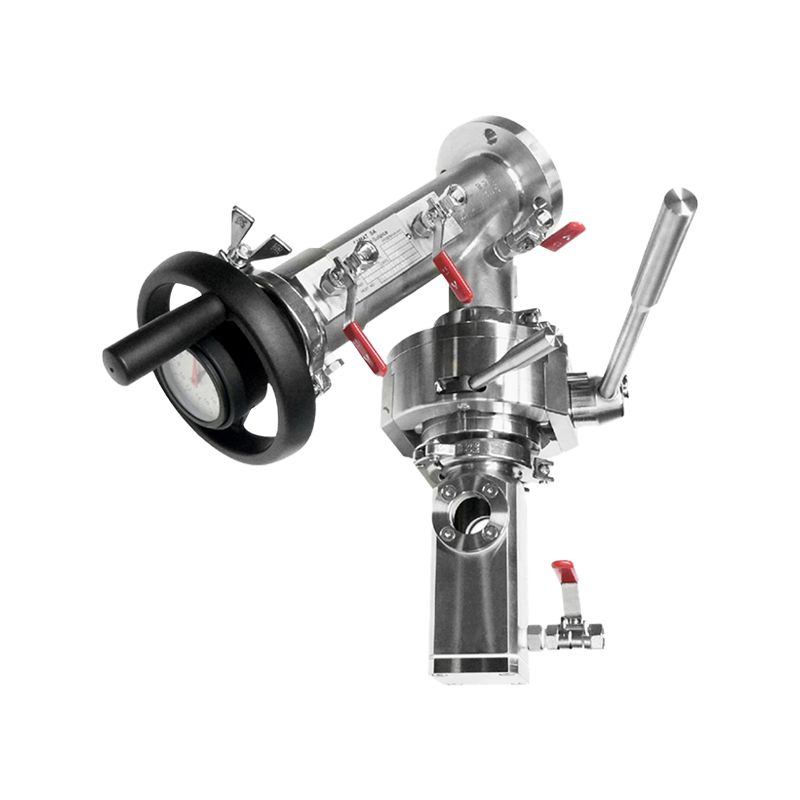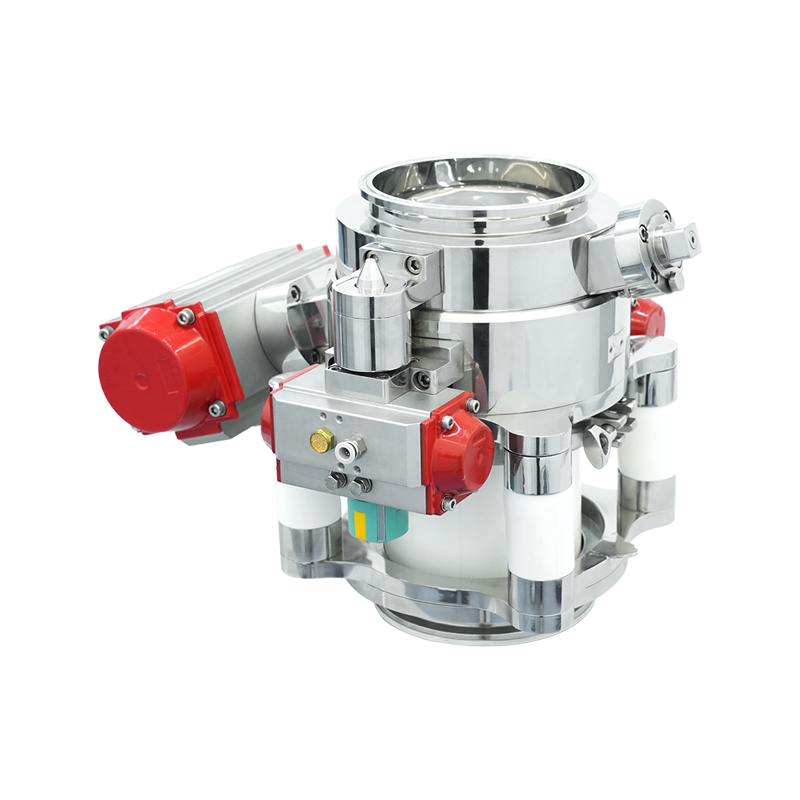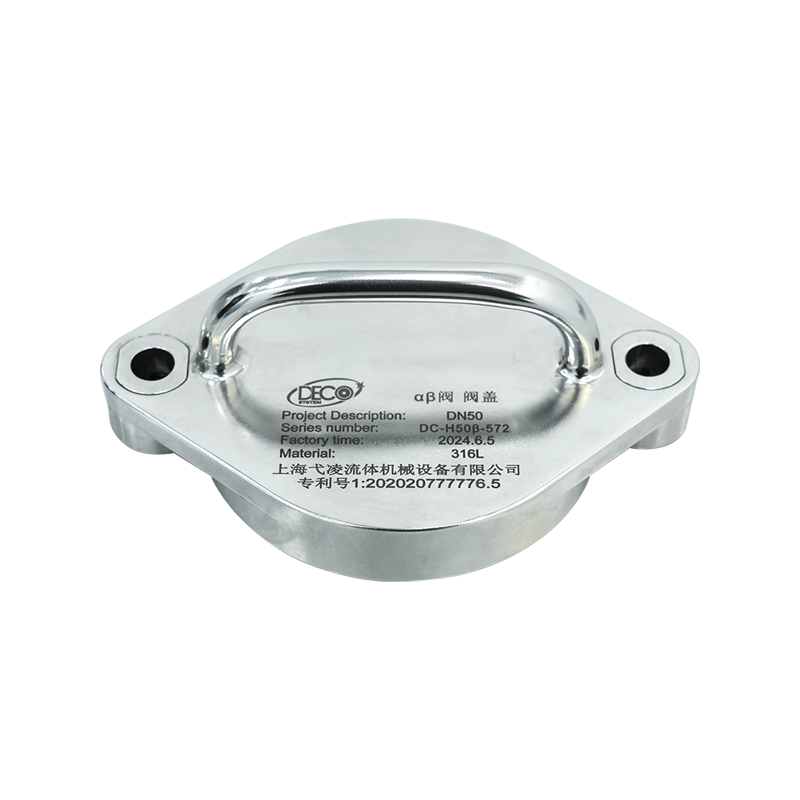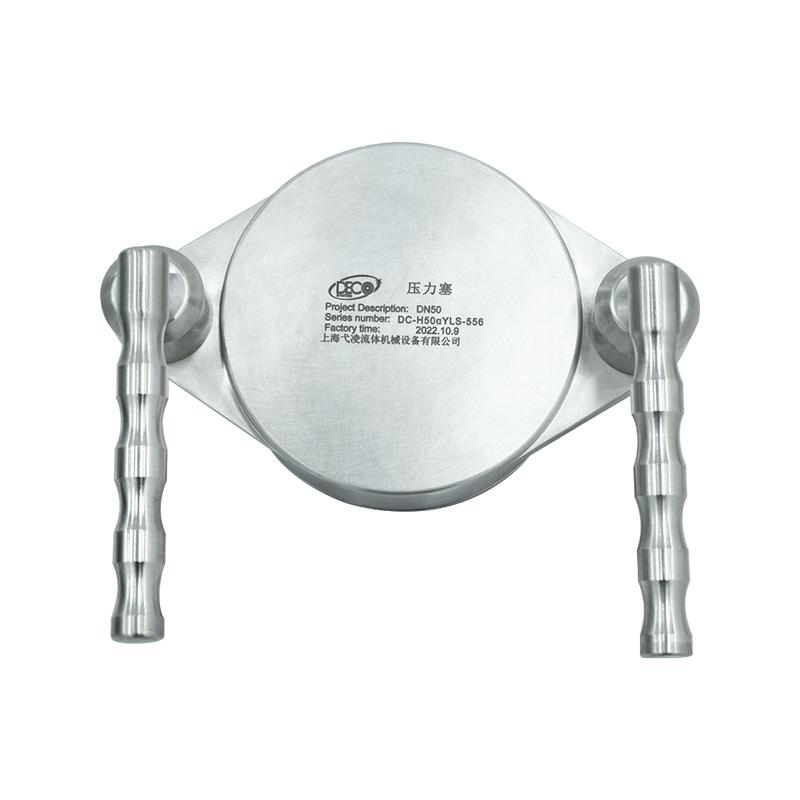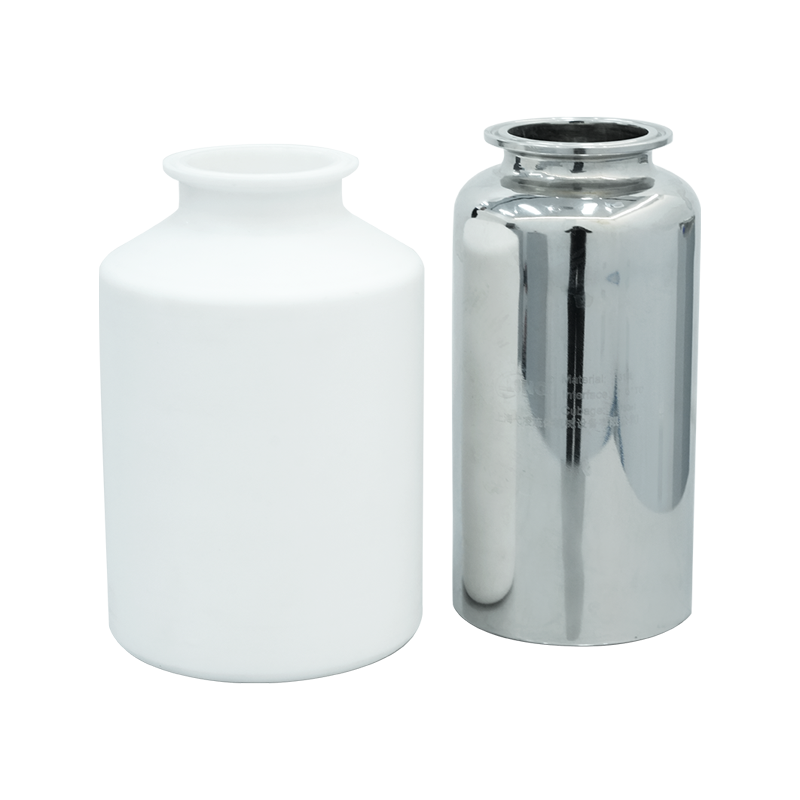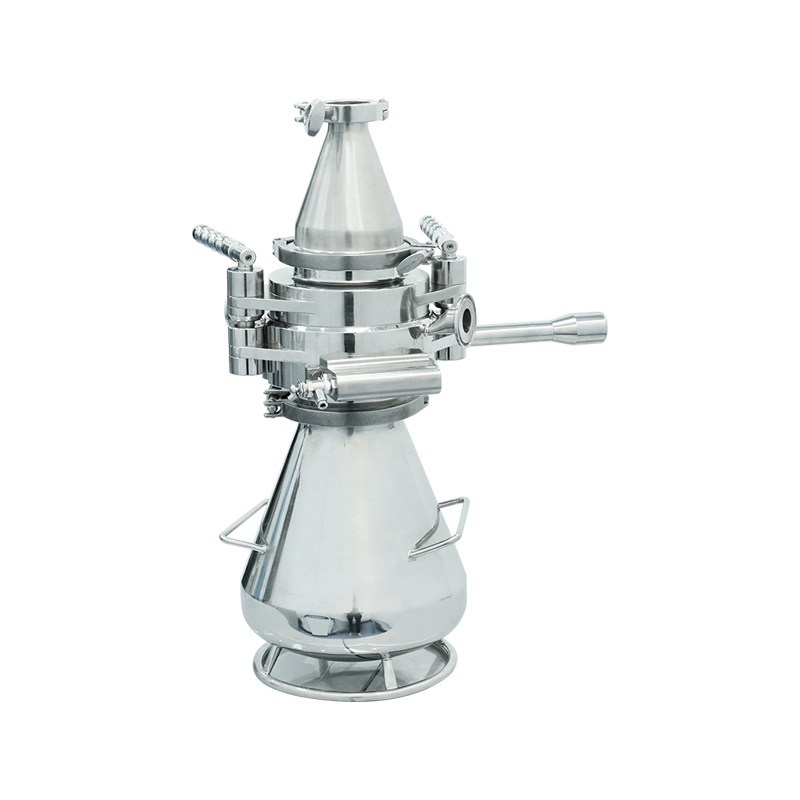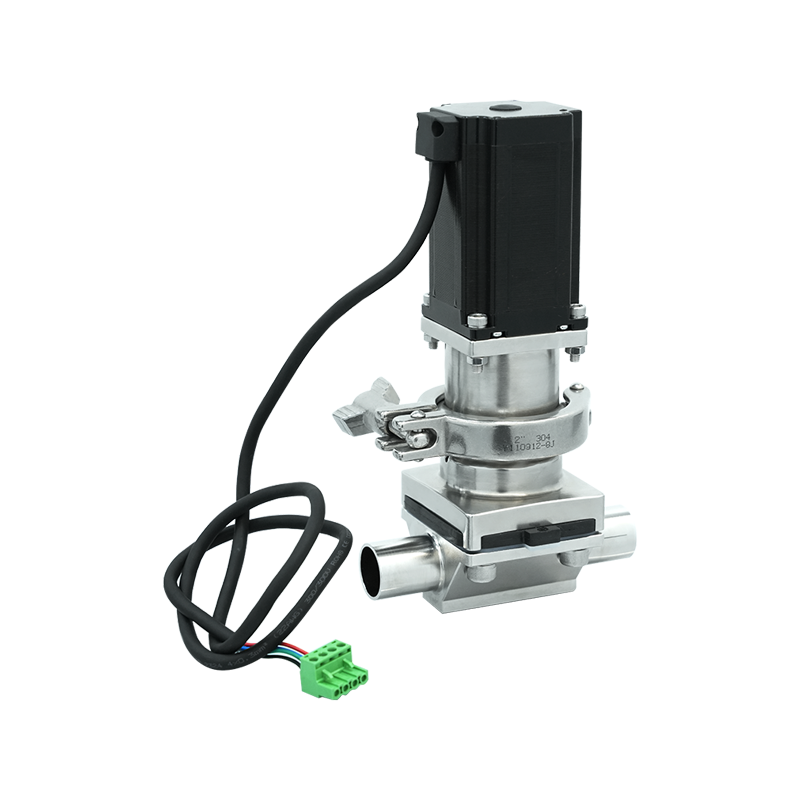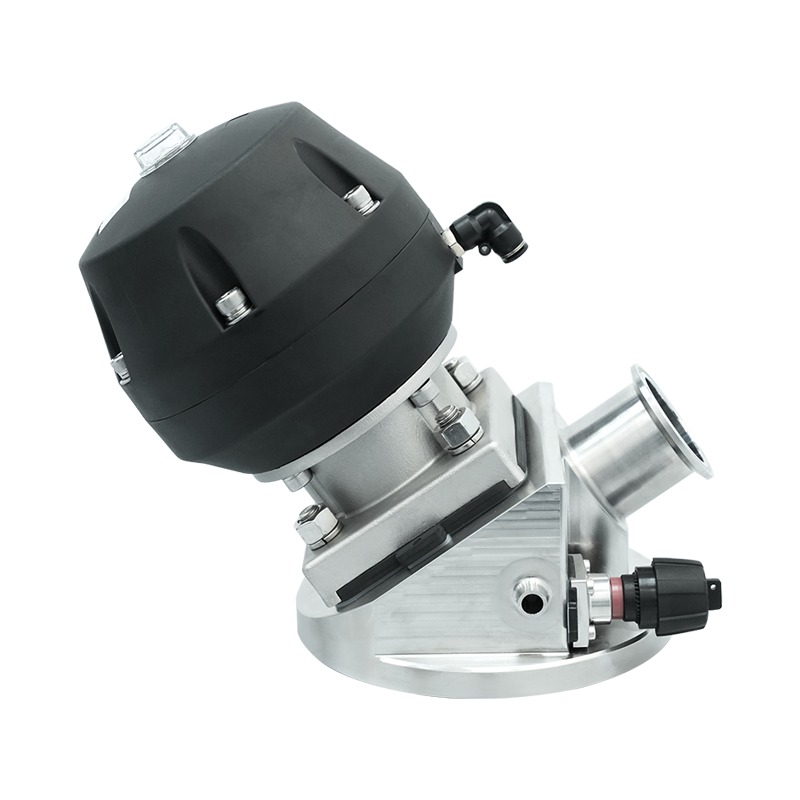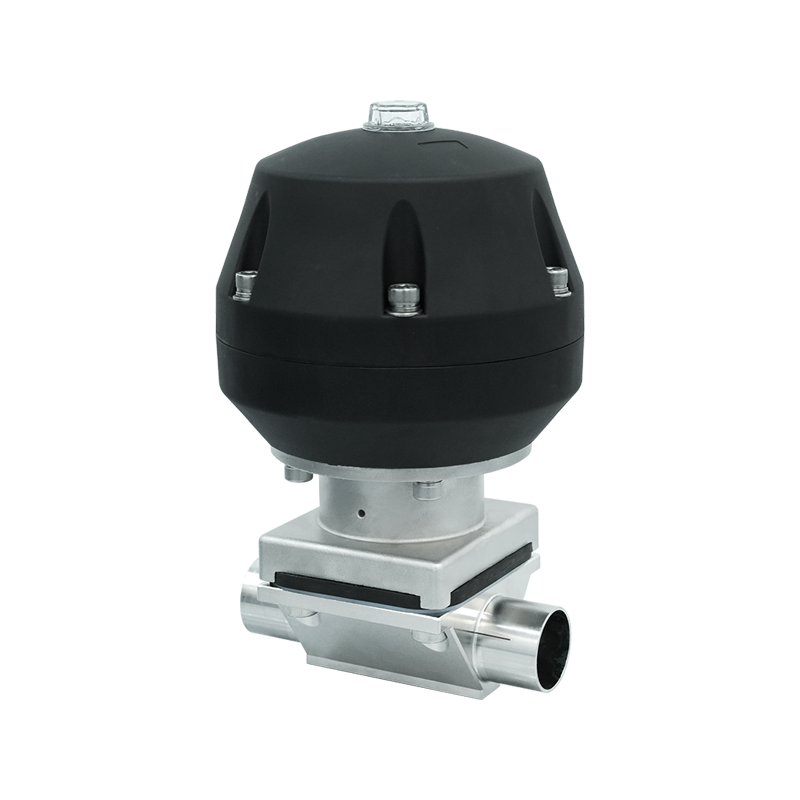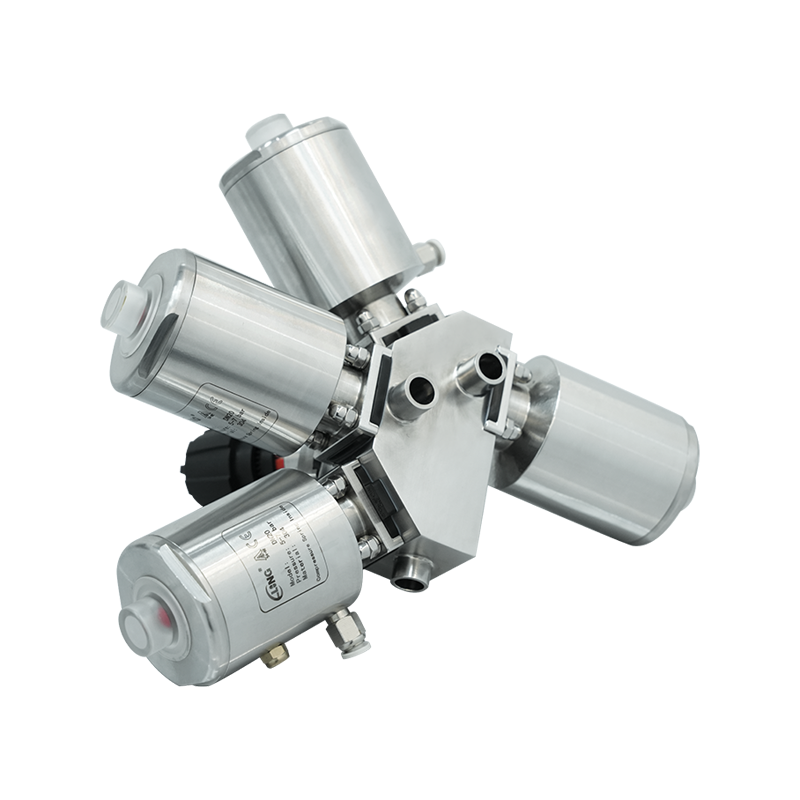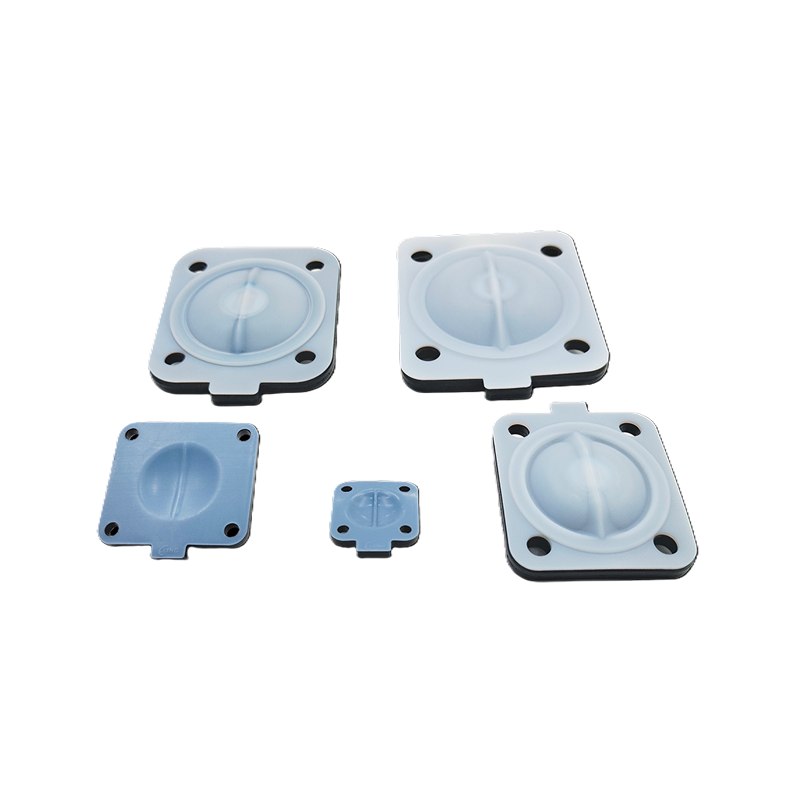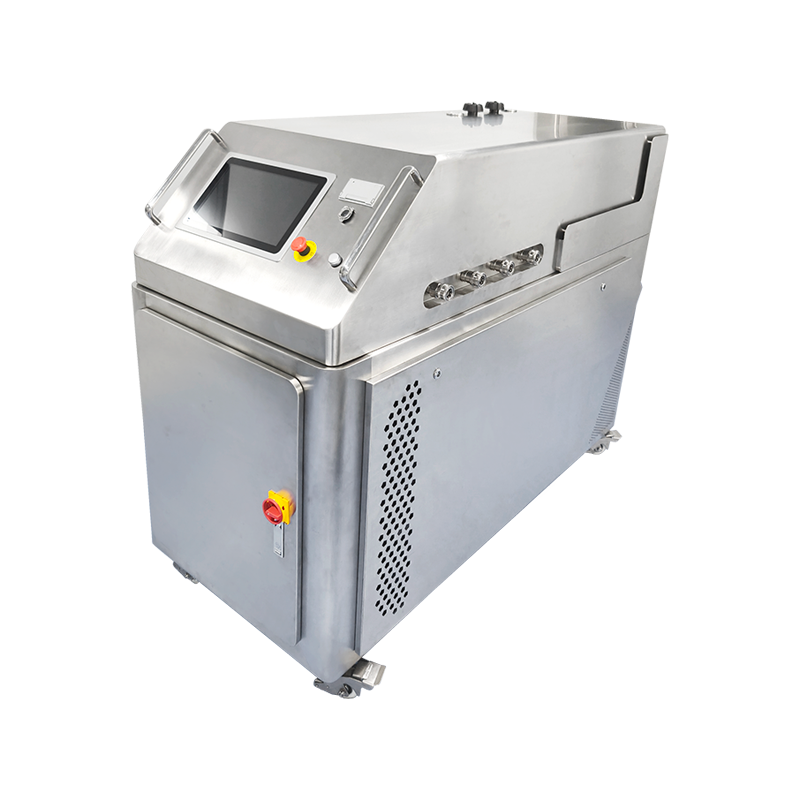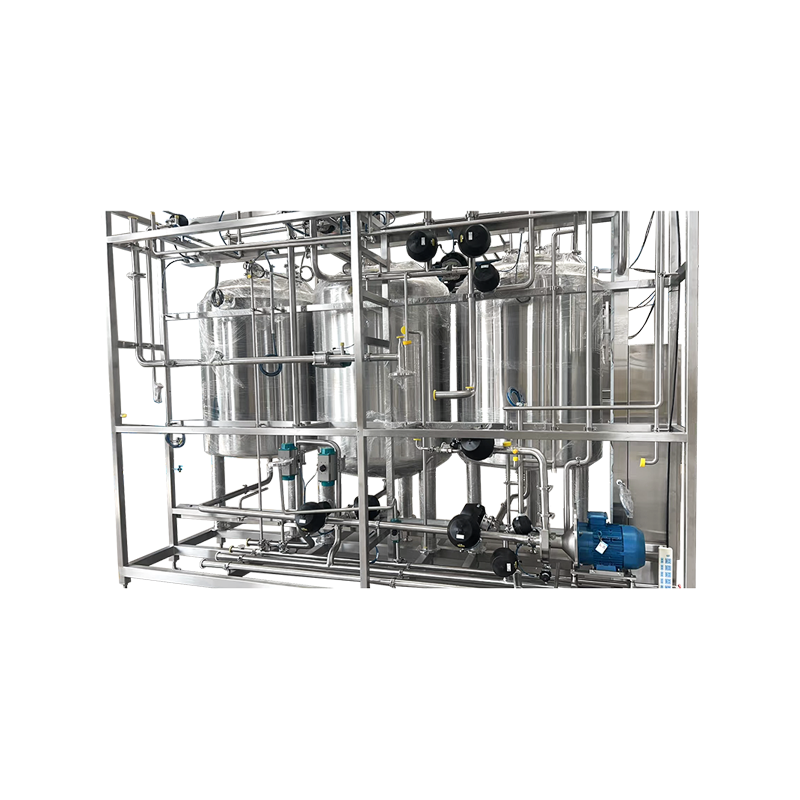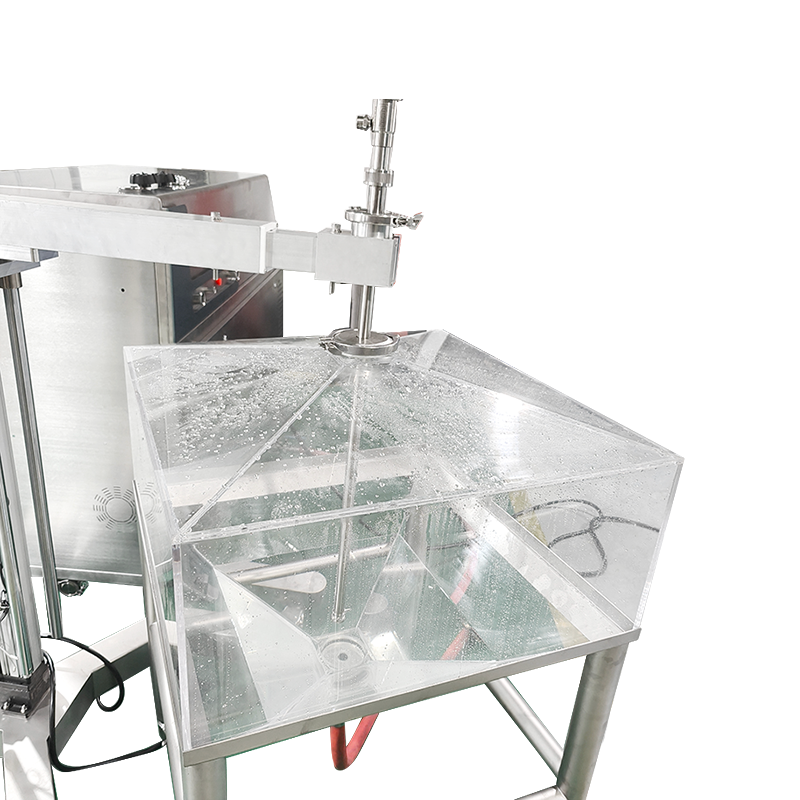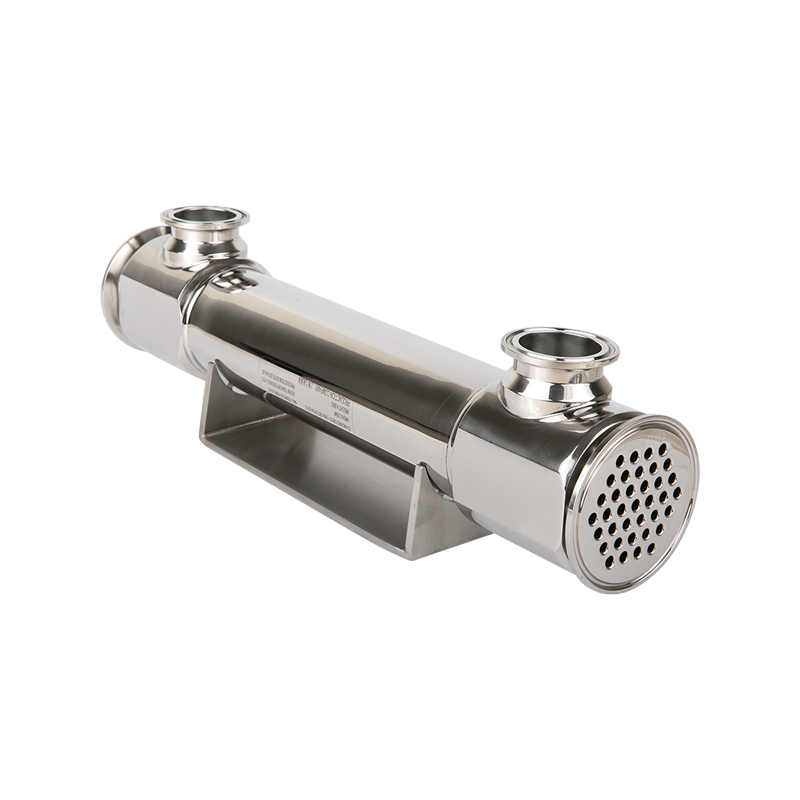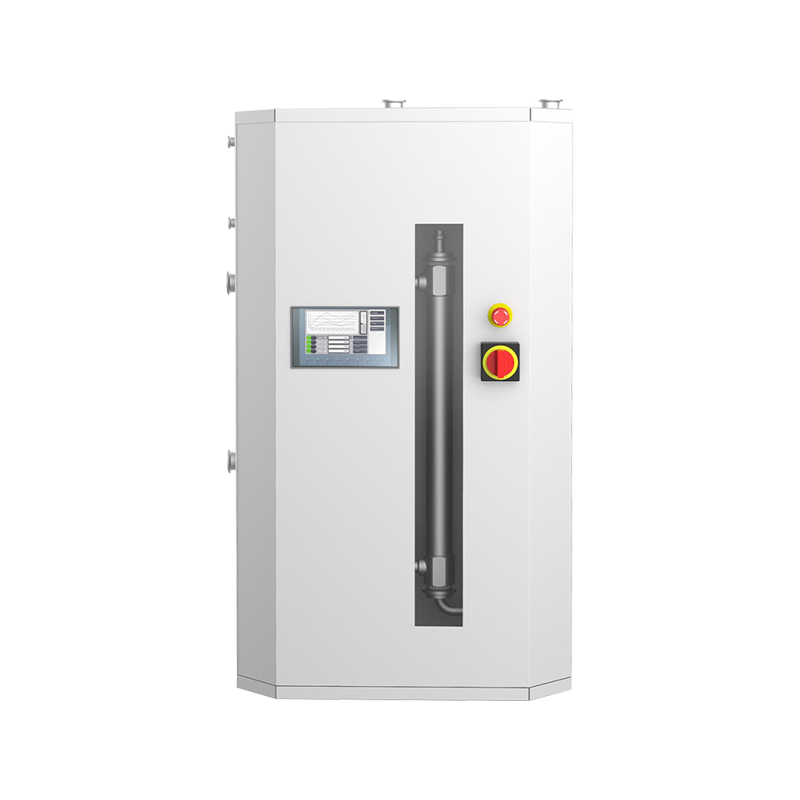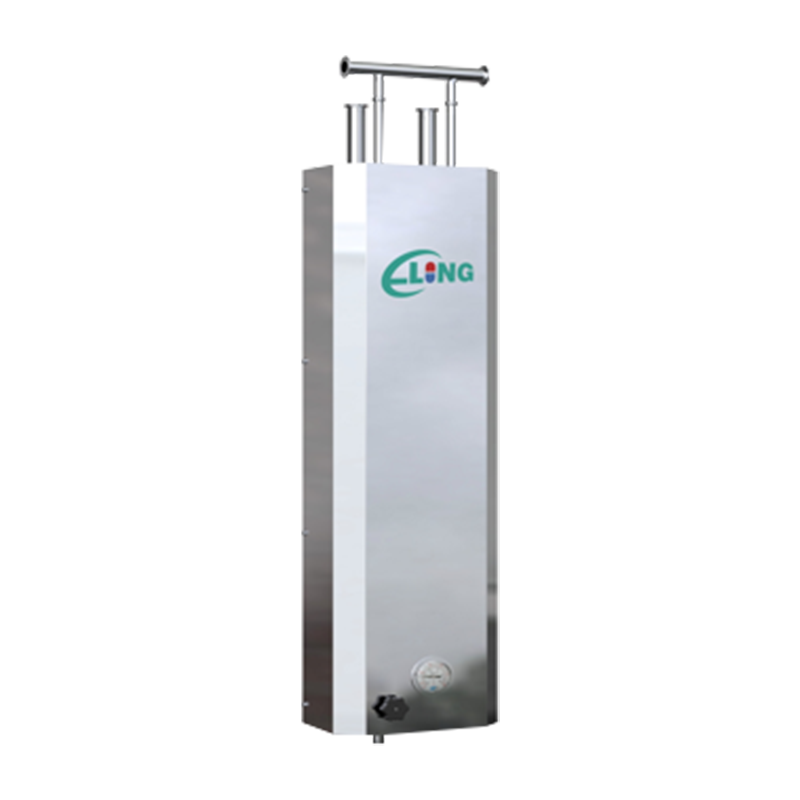The pharmaceutical industry operates under one of the strictest regulatory environments in the world. Medicines, vaccines, and other drug products must be manufactured in facilities that adhere to Good Manufacturing Practices (GMP). Among the many requirements of GMP, one of the most critical is cleaning and contamination control. Any trace of residue, dust, or microbial contamination can compromise product safety and efficacy, leading to regulatory non-compliance, recalls, and risks to patient health. To maintain the highest level of hygiene, the industry relies on specialized GMP cleaning machines designed to ensure consistency, efficiency, and validation in the cleaning process.
This article explores the types of GMP cleaning machines commonly used in pharmaceutical facilities, their functions, and why they are indispensable for modern drug manufacturing.
The Importance of GMP Cleaning in Pharmaceuticals
GMP requires that pharmaceutical equipment and facilities remain clean, sanitized, and validated for consistent performance. Manual cleaning alone cannot meet these standards in most cases, especially in large-scale manufacturing. Human error, inconsistent cleaning techniques, and the risk of contamination make automation a more reliable solution. GMP cleaning machines address these challenges by providing standardized cleaning cycles, validated protocols, and reproducible results, all while minimizing the risk of cross-contamination.
Types of GMP Cleaning Machines
1. Clean-in-Place (CIP) Systems
Clean-in-Place (CIP) systems are among the most widely used cleaning solutions in the pharmaceutical industry. These systems are designed to clean the interior surfaces of process equipment—such as reactors, tanks, and pipelines—without requiring disassembly.
-
How They Work: CIP systems circulate cleaning agents, water, and sometimes steam through the equipment. Automated controls ensure that cleaning parameters such as temperature, flow rate, and time are precisely monitored and documented.

-
Benefits:
- Reduces manual labor and human error
- Ensures consistent and validated cleaning results
- Minimizes downtime between production cycles
- Reduces the risk of contamination caused by improper disassembly or handling
CIP systems are essential for liquid formulations, fermentation processes, and sterile production environments.
2. Clean-out-of-Place (COP) Systems
While CIP systems clean equipment in situ, Clean-out-of-Place (COP) systems are designed for components that must be disassembled and removed before cleaning. Examples include small parts, valves, filters, glassware, and other removable equipment.
-
How They Work: COP systems typically consist of tanks or automated washers where parts are submerged or sprayed with cleaning solutions under controlled conditions.
-
Benefits:
- Provides deep cleaning for small and intricate parts
- Ensures thorough removal of residues that may not be accessible during CIP
- Automates a traditionally labor-intensive process
COP systems are often used in combination with CIP to achieve a complete cleaning strategy in pharmaceutical facilities.
3. Automated Parts Washers
Automated parts washers are specialized machines used to clean small equipment and components that play a role in drug production, such as glass bottles, mixing paddles, filling needles, and stoppers.
-
How They Work: Similar to industrial dishwashers, these machines use high-pressure spray jets, heated water, detergents, and rinse cycles to remove residues.
-
Benefits:
- Reduces manual scrubbing and handling
- Provides reproducible and validated cleaning cycles
- Can be integrated with drying systems to prepare parts for immediate reuse
These machines are particularly valuable in aseptic processing environments, where sterility is paramount.
4. Sterilizers and Autoclaves
Sterilizers, including autoclaves, are essential GMP cleaning machines used to eliminate microbial contamination. While cleaning removes residues, sterilization ensures that surfaces are free from bacteria, viruses, fungi, and spores.
-
How They Work: Autoclaves use pressurized steam at high temperatures to sterilize equipment, while other sterilizers may use dry heat, gas (ethylene oxide), or radiation depending on the application.
-
Benefits:
- Provides a validated method of microbial control
- Ensures sterility of reusable equipment such as surgical tools, glassware, and stainless-steel components
- Meets stringent regulatory requirements for aseptic drug production
Sterilization machines are indispensable in vaccine manufacturing, injectable drug production, and other sterile dosage forms.
5. Vial, Ampoule, and Bottle Washers
In pharmaceutical packaging, containers such as vials, ampoules, and bottles must be thoroughly cleaned before filling. GMP requires these containers to be free from particulate matter and microbial contamination.
-
How They Work: Container washing machines use jets of purified water, air, or sterilizing solutions to wash and rinse containers. They may also integrate depyrogenation tunnels to remove pyrogens such as endotoxins.
-
Benefits:
- Ensures the sterility of packaging materials
- Prevents contamination during the filling process
- Provides validated and reproducible cleaning
These machines are particularly critical in injectable and ophthalmic product manufacturing.
6. Ultrasonic Cleaning Machines
Ultrasonic cleaning machines use high-frequency sound waves to create microscopic bubbles in a liquid cleaning solution. These bubbles collapse with great force, effectively removing dirt, residues, and contaminants even from hard-to-reach areas.
-
How They Work: Parts are submerged in an ultrasonic bath filled with a cleaning agent. The cavitation effect generated by sound waves removes particles from surfaces and crevices.
-
Benefits:
- Effective for cleaning intricate parts with small openings
- Reduces the need for harsh scrubbing or aggressive chemicals
- Ensures consistent results without damaging sensitive components
Ultrasonic cleaners are often used for laboratory instruments, precision parts, and surgical tools.
7. Floor and Surface Cleaning Machines
While equipment cleaning is essential, facility hygiene is equally important. GMP requires pharmaceutical production areas to remain clean and controlled. Specialized floor scrubbers, vacuum systems, and surface sanitizing machines are designed for pharmaceutical environments.
-
How They Work: These machines use HEPA filtration, cleanroom-compatible materials, and non-shedding components to maintain cleanliness without introducing contaminants.
-
Benefits:
- Ensures compliance with GMP facility hygiene standards
- Prevents cross-contamination between production areas
- Supports cleanroom classifications in sterile environments
The Role of Validation and Documentation
GMP cleaning machines are not only about mechanical performance—they must also meet regulatory requirements for validation. Each cleaning cycle must be documented and verifiable, ensuring traceability and compliance during audits. Advanced machines often include electronic records, data logging, and connectivity with Manufacturing Execution Systems (MES) for real-time monitoring.
Conclusion
The pharmaceutical industry depends on a wide range of GMP cleaning machines to maintain compliance, ensure patient safety, and improve operational efficiency. From Clean-in-Place and Clean-out-of-Place systems to ultrasonic cleaners, vial washers, and autoclaves, each type of machine serves a unique purpose in preventing contamination and safeguarding product quality.
By integrating these technologies into production facilities, pharmaceutical manufacturers can meet the rigorous demands of GMP regulations while maintaining consistent, validated cleaning standards. Ultimately, these machines play a crucial role in ensuring that every medicine delivered to patients is safe, effective, and free from contamination.






